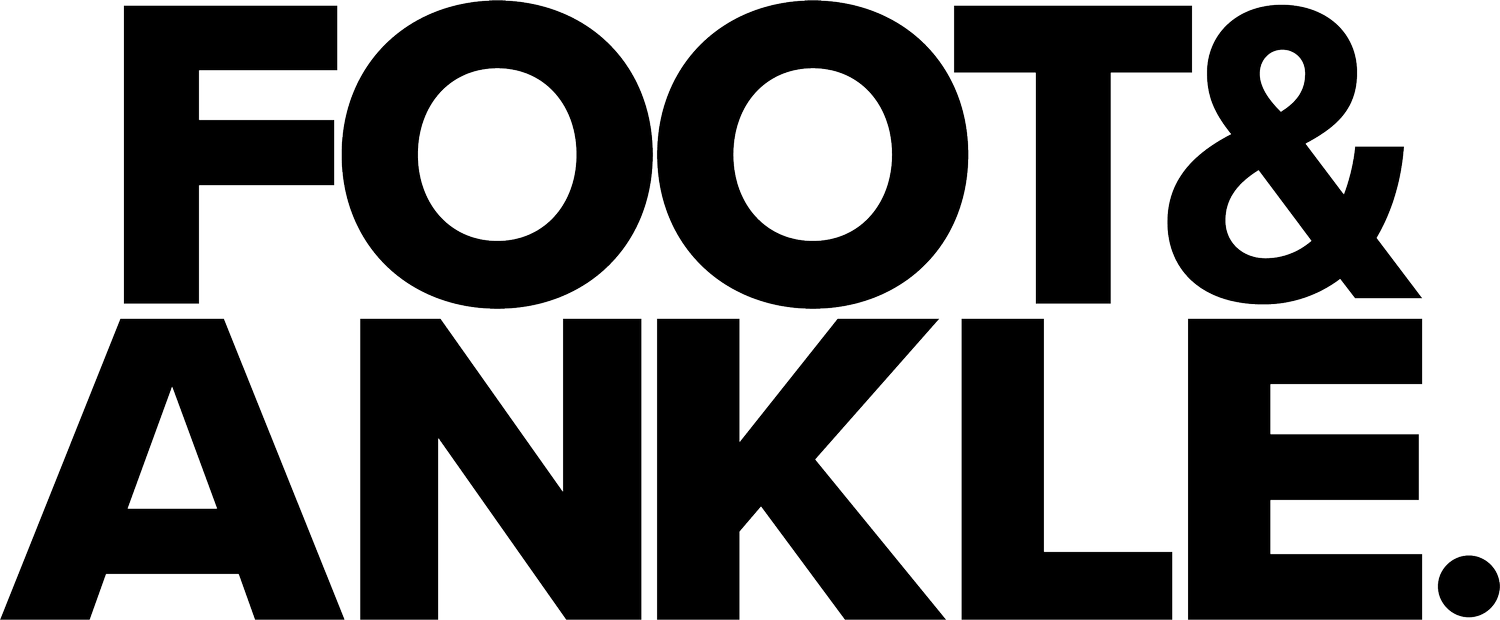Ankle Injury? Time to ditch the ice.
Ankle injuries can often be complex and challenging to rehabilitate. Over the years, various acronyms have guided their management, such as ICE, RICE, PRICE, and POLICE. The emphasis here was to reduce the inflammatory response with the use of anti-inflammatories and ice being a focus.
A new approach that focuses on both acute and long-term healing has emerged: PEACE and LOVE. The contemporary acronyms includes the rehabilitation continuum from immediate care (PEACE) to subsequent management (LOVE). A marked difference from the previous approach, is that the PEACE and LOVE acronyms flag the potential harmful effects of anti-inflammatories (including ice) on tissue repair. There is suggestion that they may not be included in the management of ankle injuries.
What should you do if you have an acute ankle injury?
PEACE - Protect, Elevate, Avoid anti-inflammatory modalities, Compress, Educate:
Protect: In the immediate aftermath of an injury, unloading or restricting movement for a short period helps minimise bleeding, prevent further damage, and reduce the risk of aggravation.
Elevate: Elevating the injured limb can aid in reducing swelling.
Avoid Anti-Inflammatory Modalities: While anti-inflammatory medications are commonly used, their inhibitory effects on inflammation might hinder the body's natural healing processes. The phases of inflammation are essential for repairing damaged tissues, and overusing anti-inflammatories can negatively impact long-term recovery. This includes the use of ice!
Compress: Compressive pressure through taping or bandaging can help limit swelling particularly after injuries like ankle sprains.
Educate: That’s what we’re here for! To help and guide you through your injury.
What comes after the acute phase of an ankle injury?
LOVE - Load, Optimism, Vascularisation, Exercise:
Load: Early introduction of controlled movement and exercise is beneficial for most musculoskeletal injuries. Gradually adding mechanical stress promotes tissue repair without exacerbating pain.
Optimism: Remaining confident and positive can facilitate an improved healing process. Understand that you will recover!
Vascularisation: Cardiovascular activity is essential for recovery. Gentle aerobic exercises shortly after injury can improve blood flow to injured areas, supporting healing and reducing the need for pain medication.
Exercise: Exercises play a critical role in restoring mobility, strength, and proprioception post-injury. An individualised exercise regimen, guided by pain levels, aids in optimal tissue repair during the subacute phase and should be progressed through the recovery.
This comprehensive approach ensures not only faster healing but also the cultivation of a positive and resilient mindset that can extend beyond the realm of injury management.
Need help with an ankle sprain? Book with us online!

